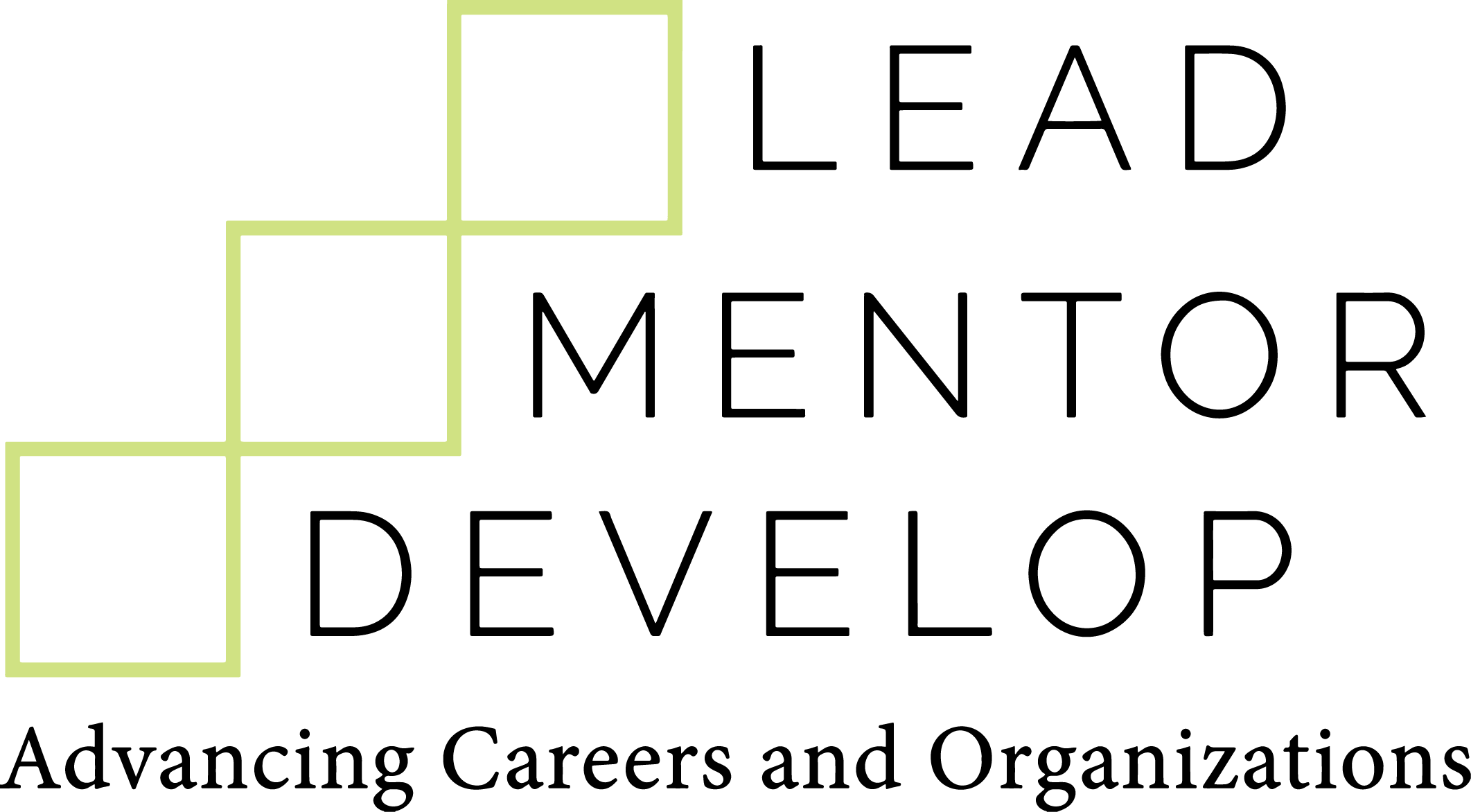Why We Need More In Extremis Leaders—and How Boards Can Help Find Them
Increasingly, we need people who are prepared for more than crisis leadership. They need to be able to lead their organizations through life-threatening crises - events that threaten lives or livelihoods. First studied in military and first-responder contexts, in extremis leadership is just as relevant in boardrooms, classrooms, and public agencies.
Why now? Leadership has always involved more than just technical know how. Life-threatening crises are occuring with increasing frequency. In extremis leaders have a learning orientation, empathy, and ability to ‘work in the trenches’. They don’t need to inspire others as the crisis is inherently motivating. As organizations recover from the COVID-19 pandemic, face political and economic uncertainies, and encounter challenges from the quickening pace of digital transformation, leaders are often operating under extraordinary conditions. The question for boards and selection committees is not just, “Can they deliver?” but “Can they lead through and life- or livelihood-threatening chaos?”
As retired Brigader General Kloditz has said, “What they need is someone who can establish a vision of the way ahead — even if there’s no detail to it.”
In extremis leaders are not adrenaline junkies. They are mission-driven, relational, and trustworthy. They stay calm under pressure, communicate with radical clarity, and bring people with them—even when the way forward is unclear. These are the leaders who run toward the fire, not from it.
But you don’t have to wait for a crisis to identify or support them. Boards and hiring committees should:
- Ask better questions. Instead of relying on resumes, probe for past experiences leading through chaos or values-based decision-making under pressure.
- Invest in professional development. Support programs that help leaders practice decision-making under stress, strengthen moral reasoning, and deepen emotional intelligence.
- Recognize “quiet crucibles.” Not all in extremis moments come with headlines. Some happen in a hospital boardroom, a rural school district, or a tech company reckoning with ethical use of AI.
Our future hinges on leaders who can lead with both courage and compassion when it matters most. Selection committee and boards need to carefully examine prior experiences and check references. The goal is to select leaders of character who engage in continuous learning and can set a future, successful vision.
After all, the next crisis is not an if, but a when. Want to explore how to develop in extremis leadership in your organization? Let’s talk. We help you select and prepare leaders in education, nonprofits, government, and business lead with clarity and courage—especially when it matters most.
Author: Laura Lunsford


